Anise seeds are small, grayish-green seeds from the Pimpinella anisum plant that deliver a sweet licorice-like flavor to dishes. This guide answers exactly what home cooks need to know: how to use anise seeds properly, the best substitutes when you don't have them, proper storage methods, and common cooking applications - with precise measurements and practical techniques you can implement immediately.
Quick Answers to Top Anise Seed Questions
- What do anise seeds taste like? Sweet licorice flavor without bitterness, with subtle earthy notes
- How much to use? Start with 1/8 teaspoon per serving for balanced flavor
- Best storage? Airtight container in cool, dark place (6-12 months shelf life)
- Top substitutes? Fennel seeds (1:1 ratio) or star anise (1 star = 1 tsp seeds)
- Toast first? Yes - 60-90 seconds in dry skillet maximizes flavor
What Are Anise Seeds? (Simple Explanation)
Anise seeds come from the Pimpinella anisum plant and are commonly mistaken for fennel or star anise. Unlike actual licorice root, anise seeds contain anethole - the compound responsible for their distinctive sweet flavor. These seeds have been used in cooking for over 4,000 years, with ancient Egyptians incorporating them in both food and medicinal preparations.
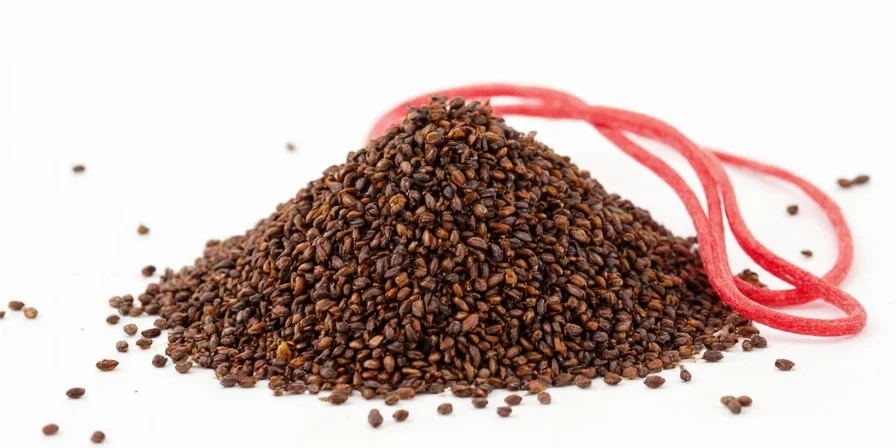
How to Use Anise Seeds in Everyday Cooking
Follow these practical techniques that work for home cooks:
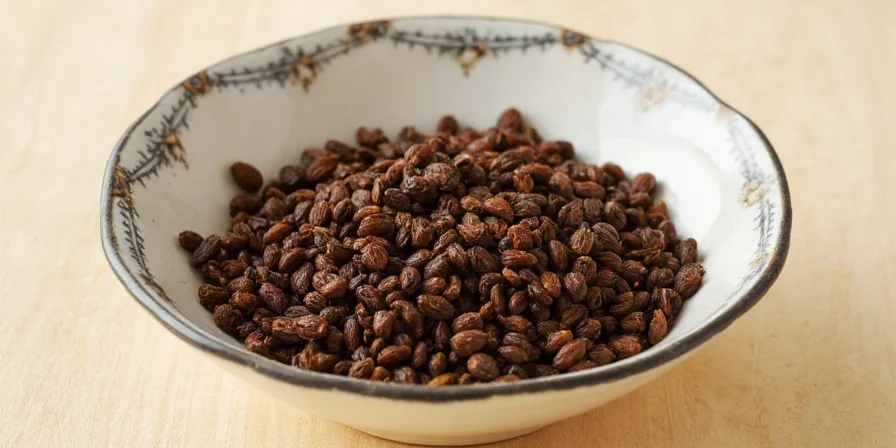
Basic Usage Guide for Home Cooks
- Toast properly: Heat seeds in dry skillet 60-90 seconds over medium heat until fragrant (don't burn)
- Crush based on recipe: Leave whole for broths, coarsely crush for stews, finely grind for baked goods
- Timing matters: Add early in slow-cooked dishes, during last 10 minutes in quick sautés
- Start small: Use 1/8 teaspoon per serving - flavor intensifies as dish cooks
- Balance flavors: Pair with citrus (lemon/orange zest) to prevent overwhelming licorice taste
Best Anise Seed Substitutes (When You're Out)
When anise seeds aren't available, these replacements work in common recipes:
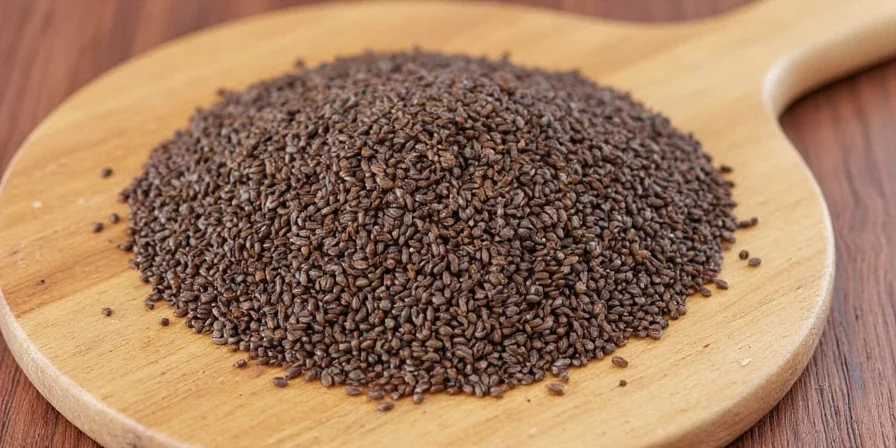
| Substitute | Best For | Ratio | Adjustment Tip |
|---|---|---|---|
| Fennel Seeds | Sauces, roasted vegetables, sausages | 1:1 | Add citrus zest to brighten flavor |
| Star Anise | Braised meats, poached fruits, mulled wine | 1 star = 1 tsp seeds | Remove before serving; stronger flavor |
| Caraway Seeds | Rye bread, cabbage dishes, potato salads | 1:1 | Add lemon juice to balance earthiness |
| Licorice Root Powder | Desserts, herbal teas | Half quantity | Very potent; use sparingly |
Proper Anise Seed Storage (Keep Flavor Fresh)
Follow these storage methods to maintain maximum flavor:
- Air-tight container: Essential for preserving volatile oils
- Cool, dark place: Pantry away from stove or sunlight
- Whole vs. ground: Whole seeds last 12-18 months; ground loses potency in 6 months
- Freeze for longevity: Extend shelf life to 2+ years in freezer
- Test freshness: Rub between fingers - strong aroma means fresh
Common Cooking Applications for Home Kitchens
Practical ways to incorporate anise seeds into everyday meals:
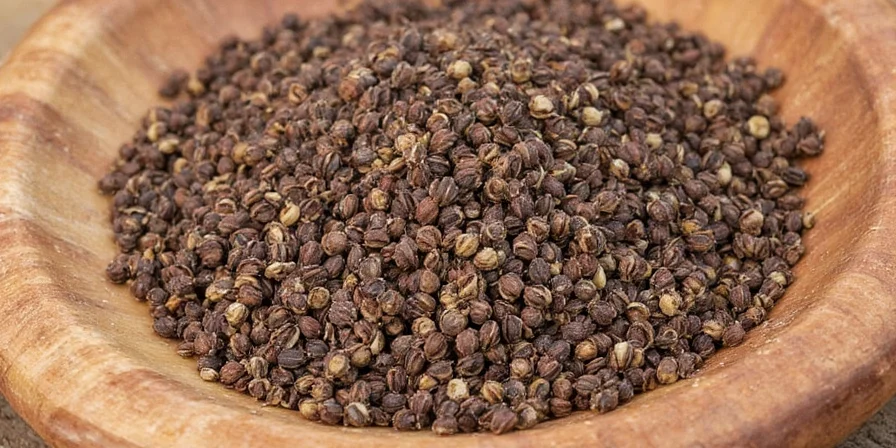
Everyday Recipe Applications
- Tomato sauces: 1/8 tsp per quart reduces acidity and enhances sweetness
- Bread doughs: 1/2 tsp per loaf in rye or pumpernickel breads
- Roasted vegetables: Toss carrots or beets with 1/4 tsp crushed seeds before roasting
- Simple syrup: 1 tsp seeds per cup of sugar for cocktails or desserts
- Homemade sausage: 1/2 tsp per pound of meat for authentic flavor
Frequently Asked Questions
Can I use anise seeds in coffee?
Yes - add one whole seed during brewing for subtle aromatic enhancement. Remove before serving. Avoid grinding seeds directly into coffee as this creates overpowering bitterness. For French press, add seed during the last minute of steeping.
Why does my anise seed recipe taste bitter?
Bitterness typically results from over-toasting (exceeding 90 seconds) or using excessive quantities. Always toast seeds over medium-low heat and measure by teaspoon (1/8 tsp per serving maximum) for optimal results. Ground seeds release more potent flavor than whole.
How do I prevent anise flavor from overwhelming dishes?
Combine with acidic ingredients like lemon zest or vinegar. The acid molecules bind with anethole (anise's primary compound), creating balanced flavor release. Ideal ratio: 1 part anise to 2 parts citrus zest. Start with minimal amounts and add gradually during cooking.
Are anise seeds safe for children?
When used as a culinary spice in normal cooking quantities, anise seeds are generally recognized as safe for all ages. Avoid concentrated extracts or medicinal applications for children under 12 without professional guidance. In baked goods or sauces where seeds are used sparingly, they pose no risk.
What's the difference between anise seeds and star anise?
Anise seeds (Pimpinella anisum) are small oval seeds with sweet licorice notes. Star anise (Illicium verum) is a star-shaped fruit pod with more complex, slightly medicinal flavor. They contain different primary compounds (anethole vs. shikimic acid) and shouldn't be interchanged in equal quantities. Use 1 star anise = 1 teaspoon anise seeds as a general substitution guideline.
When to Use Anise Seeds vs. Alternatives
Use this decision guide for common cooking scenarios:
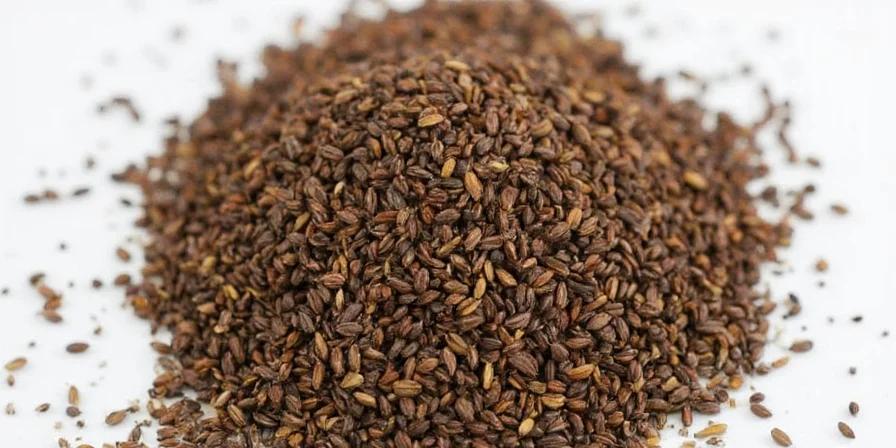
- Use anise seeds when: Making Mediterranean dishes, breads, or tomato-based sauces
- Use star anise when: Preparing Chinese braises, mulled wine, or poached fruits
- Use fennel seeds when: Cooking Italian sausages, roasted vegetables, or fish dishes
- Avoid substitutes when: Making traditional dishes like Greek ouzo or Mexican mole
Final Tips for Perfect Anise Seed Results
Implement these practical techniques for immediate improvement in your cooking:
- Toast before use: Always toast whole seeds briefly to activate flavor compounds
- Measure precisely: 1/8 teaspoon per serving is enough for noticeable but not overwhelming flavor
- Pair with citrus: Lemon or orange zest balances the licorice notes perfectly
- Store properly: Keep in air-tight container away from heat and light
- Test freshness: Rub seeds between fingers - fresh seeds release strong aroma

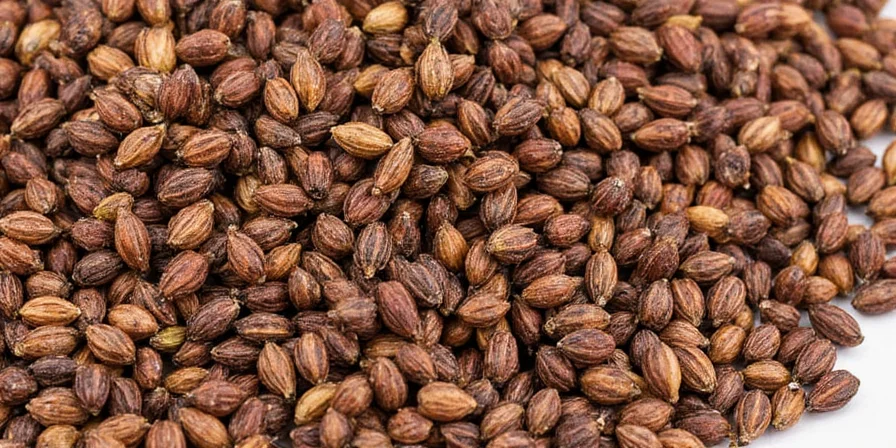









 浙公网安备
33010002000092号
浙公网安备
33010002000092号 浙B2-20120091-4
浙B2-20120091-4